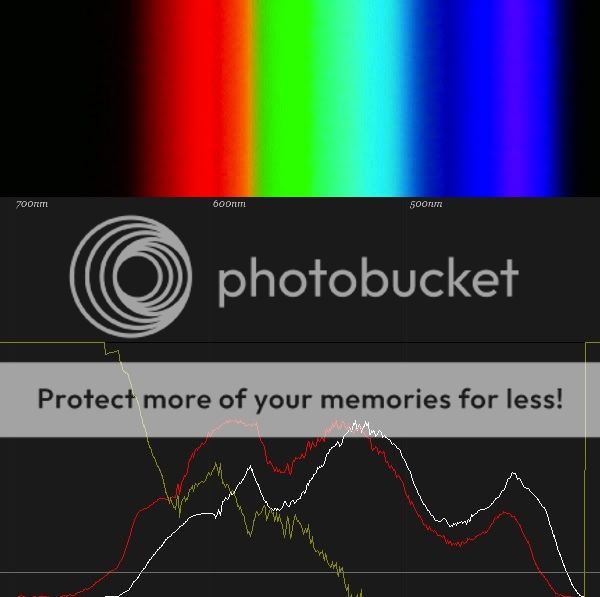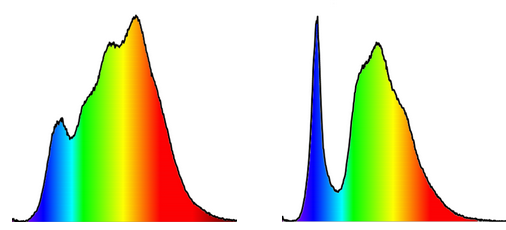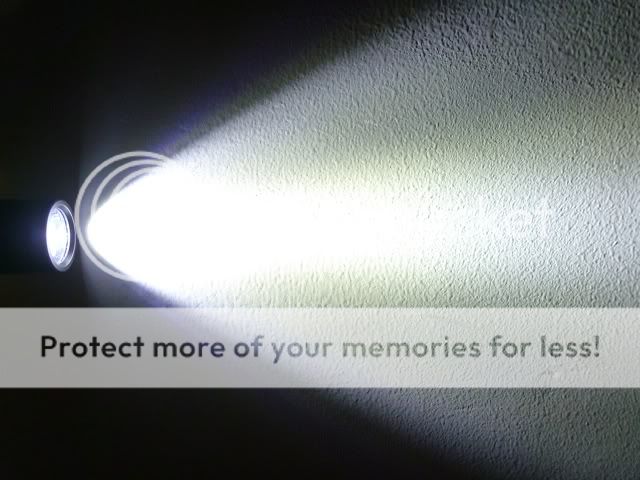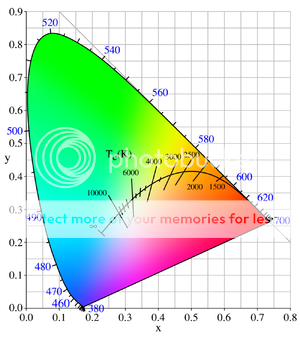This is something I'm pretty excited about, I'm working on a crude spectrometer that can quantify a comparison of tint! A spectrometer basically takes light and splits it up into the different wavelengths it's composed of, showing you the full spectrum. This lets me see the difference between tints, because I can measure just how much of each wavelength is in the light. A warm tint will have more on the red end of the spectrum, and a cool tint will have more on the blue end.
This is a quick comparison I made to demonstrate this concept, between a Cree XM-L cool white and warm white LED (cool from a V11R and warm from an E03):

White: Cool White XM-L
Red: Warm White XM-L
Yellow: Difference
As you can see, the cool has much more blue, and the warm has much more on the red end.
There is definitely a lot of value to comparative beam shots to show tint differences, and this won't replace those, but this will take out a lot of the subjectivity and variance from things like camera settings, ambient light, monitor settings, etc. This has me pretty excited!
This is a quick comparison I made to demonstrate this concept, between a Cree XM-L cool white and warm white LED (cool from a V11R and warm from an E03):

White: Cool White XM-L
Red: Warm White XM-L
Yellow: Difference
As you can see, the cool has much more blue, and the warm has much more on the red end.
There is definitely a lot of value to comparative beam shots to show tint differences, and this won't replace those, but this will take out a lot of the subjectivity and variance from things like camera settings, ambient light, monitor settings, etc. This has me pretty excited!




